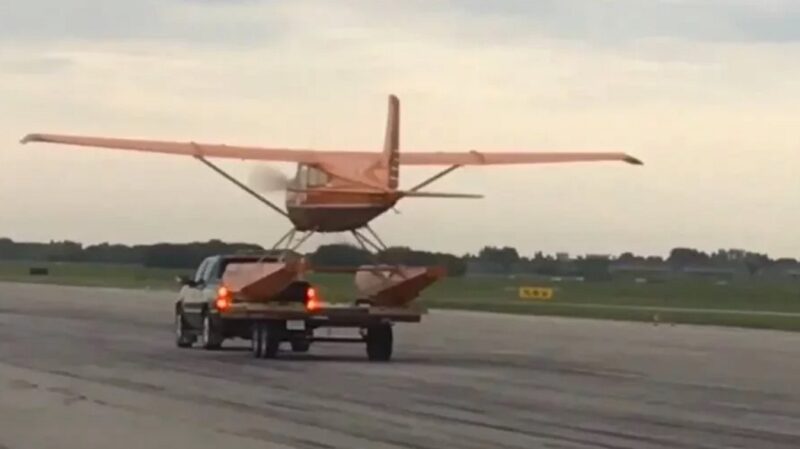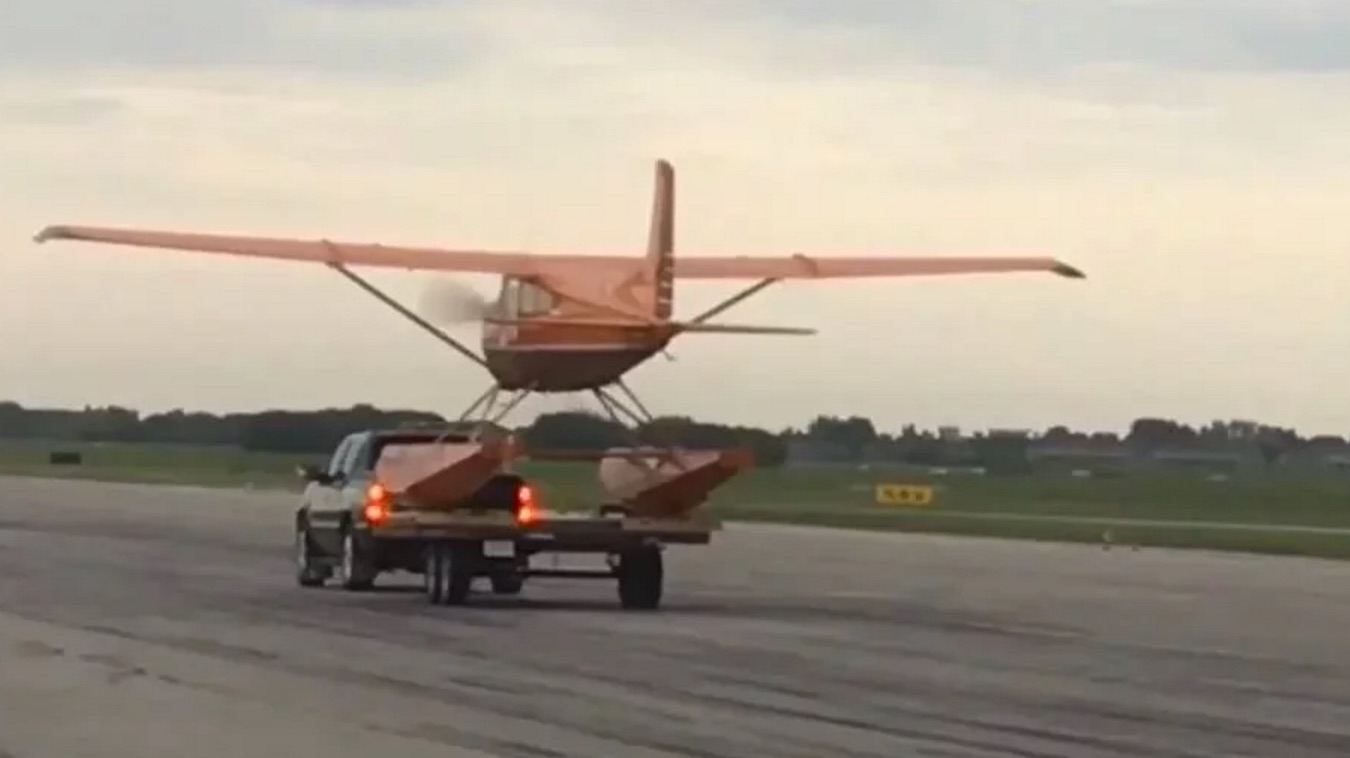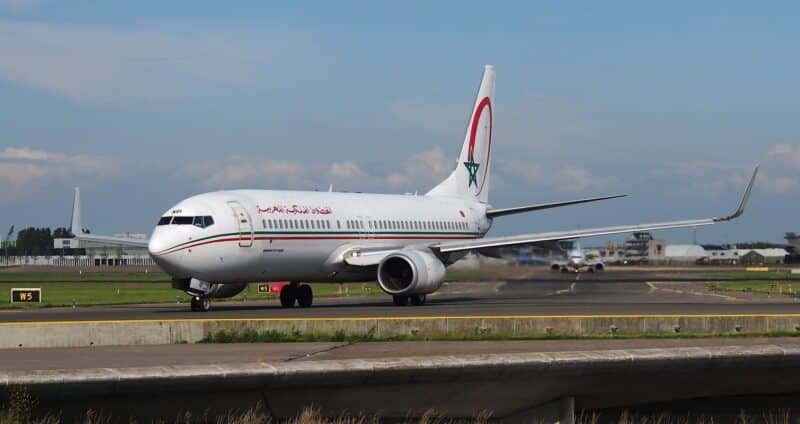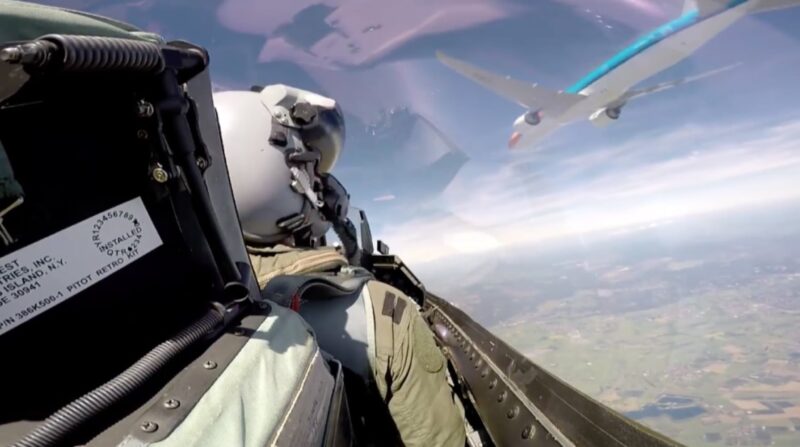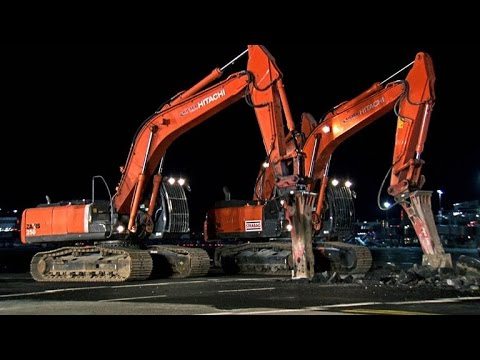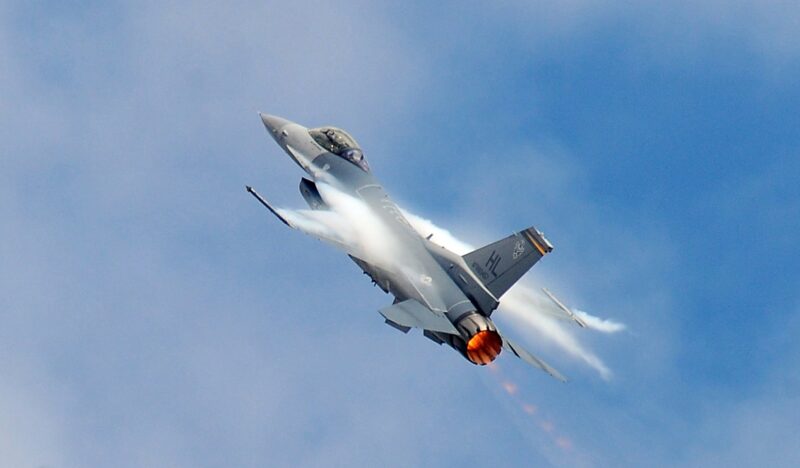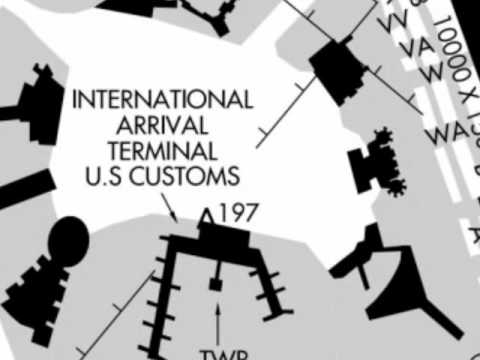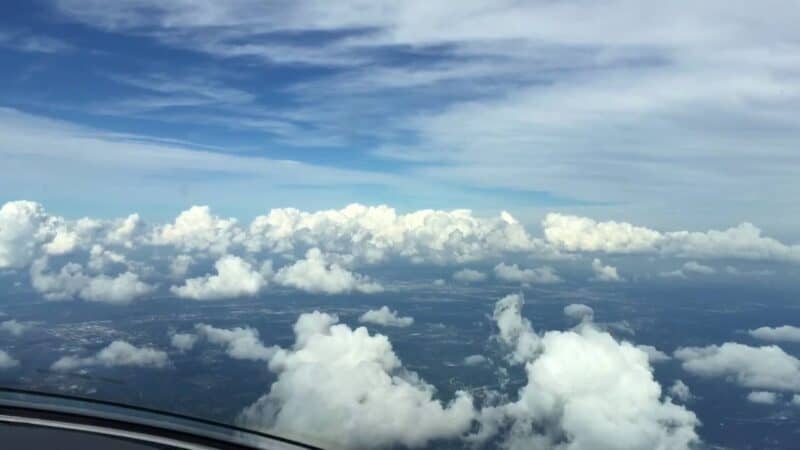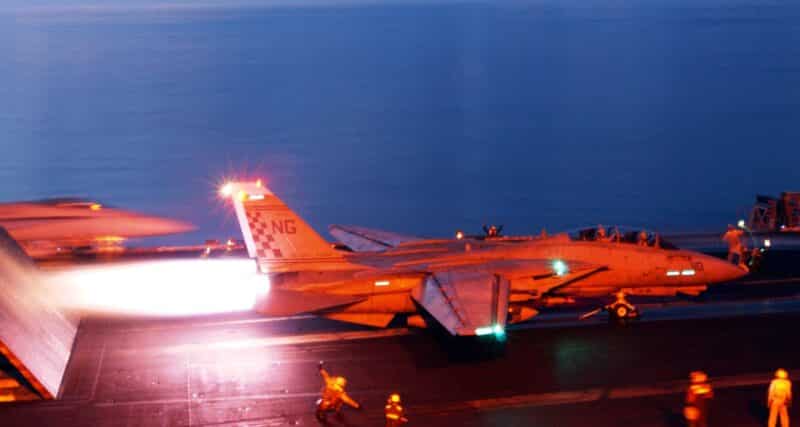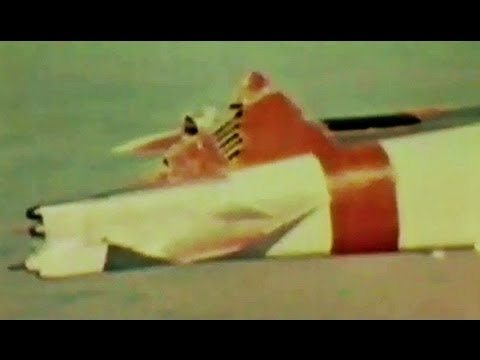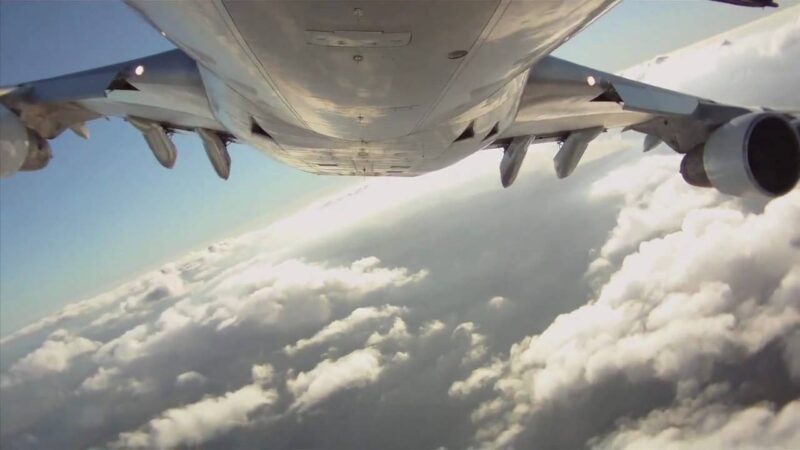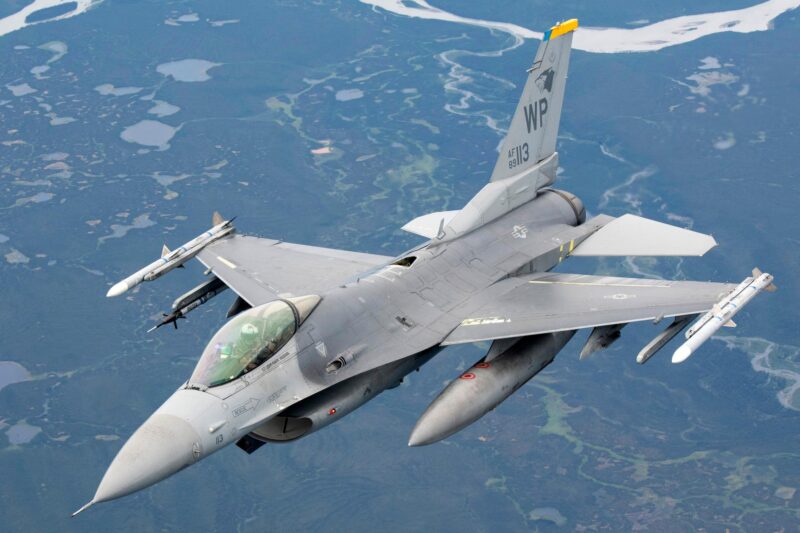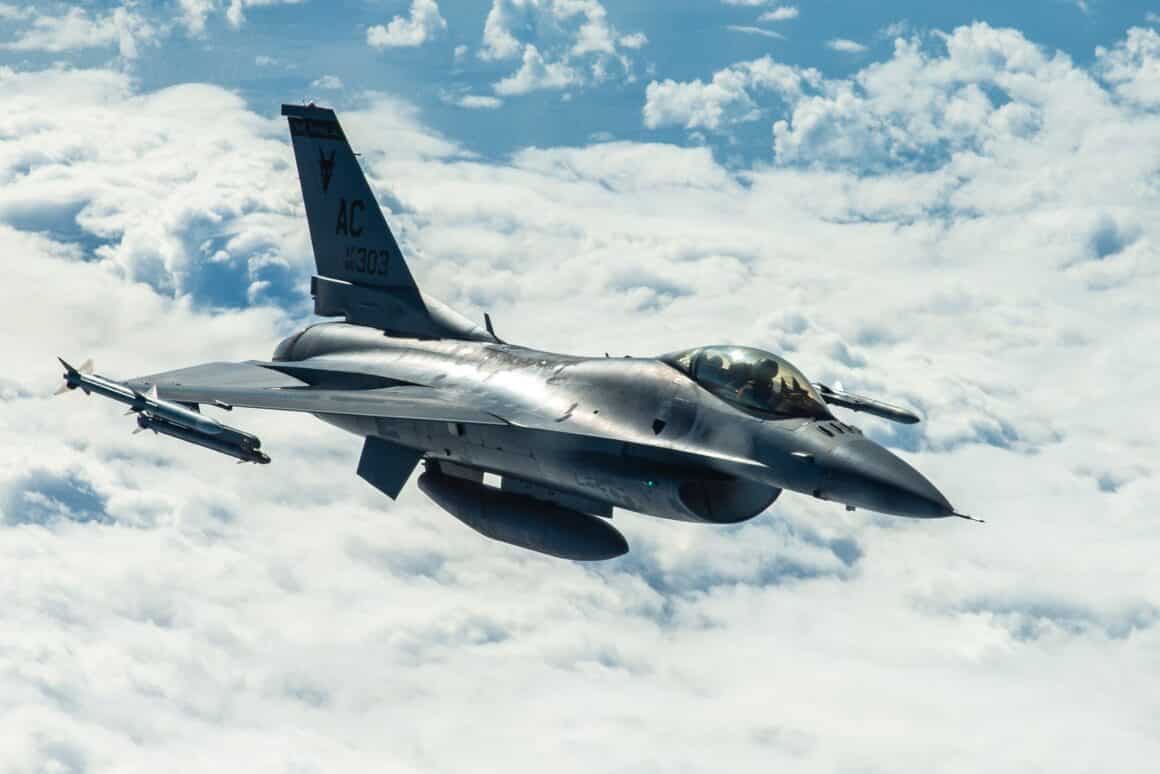How do you launch a float plane with no landing gear from a concrete runway? Hitched to a truck that is speeding down a concrete runway, of course!
In this case, the truck essentially gives the float plane a running start, in the same way a kid might throw a paper airplane, and by the same laws of aerodynamics. The plane releases from the truck, and rises skyward.
A float plane, which is also known as a pontoon plane, is a type of seaplane, with one or more pontoons (floats) mounted under the fuselage. Derived from land bound aircraft, a float plane flies similar to
A seaplane may or may not also have gear suitable for landing on hard ground. A seaplane with retractable landing gear and dual landing capability is called an amphibious plane.
Military seaplanes have not been used much since WWII, due to the inventions of newer small aircraft with better design features, such as helicopters, for instance. However, there are still several aircraft manufacturers who build float planes from scratch. The float plane is good for transportation to lakes and remote areas, as well as to small islands that don’t have anything to call an airstrip.
You can buy a float plane on ebay for as little as $25,000. Better floatplanes can cost you well over $100k.
[youtube id=”7osw2jcsi6Q” width=”800″ height=”454″ position=”left”]

